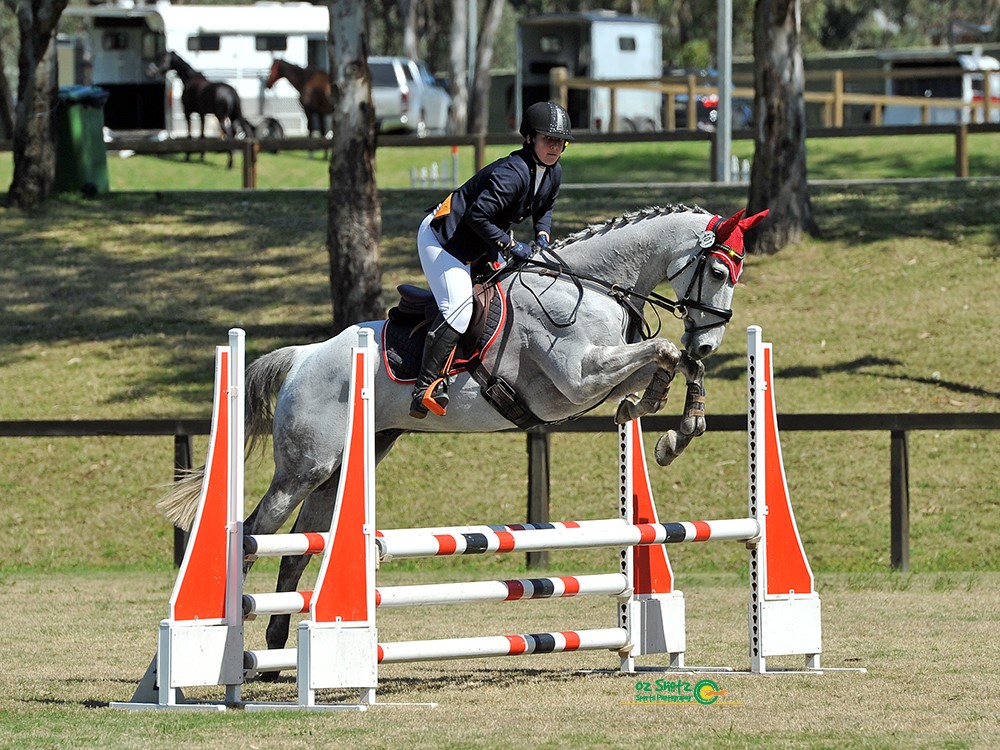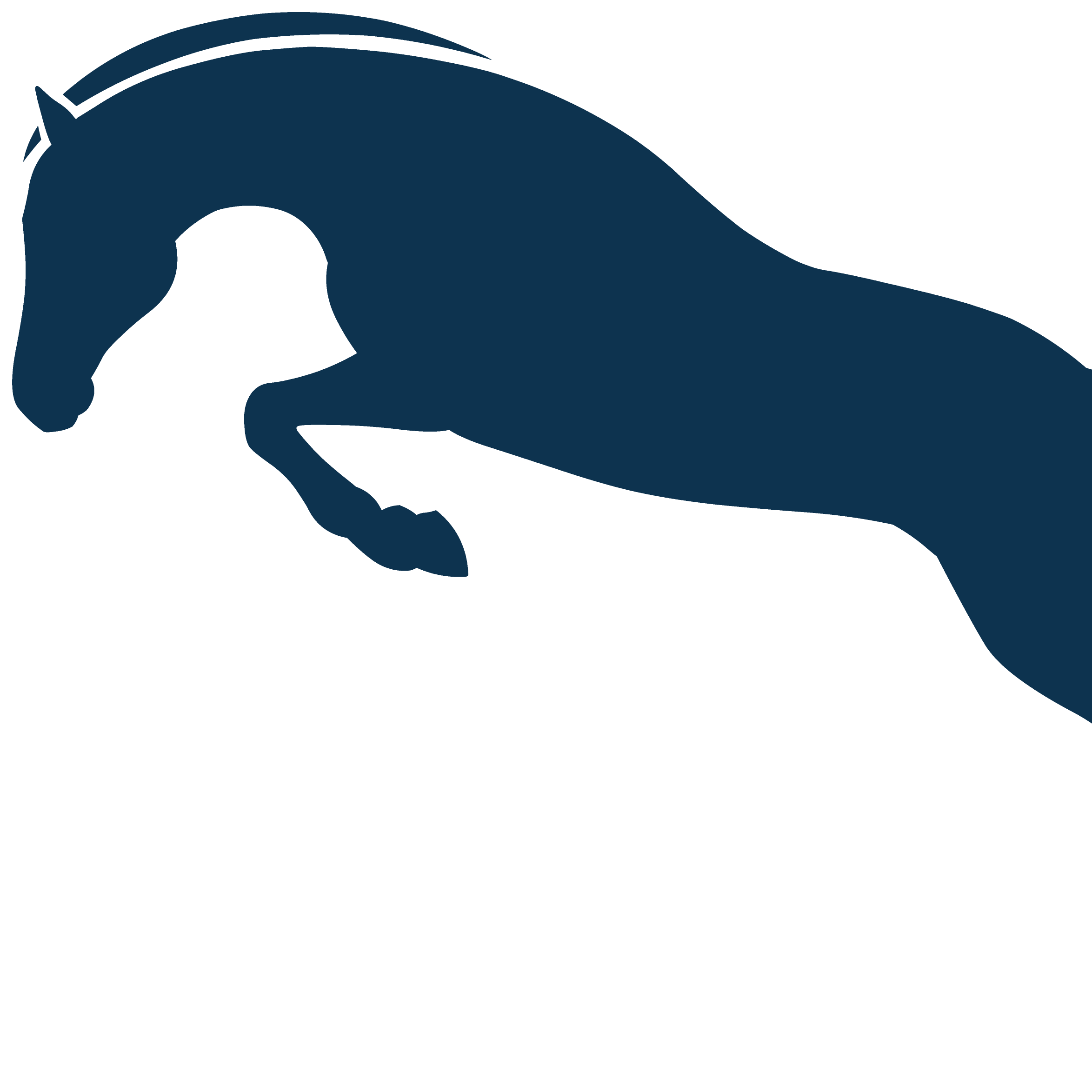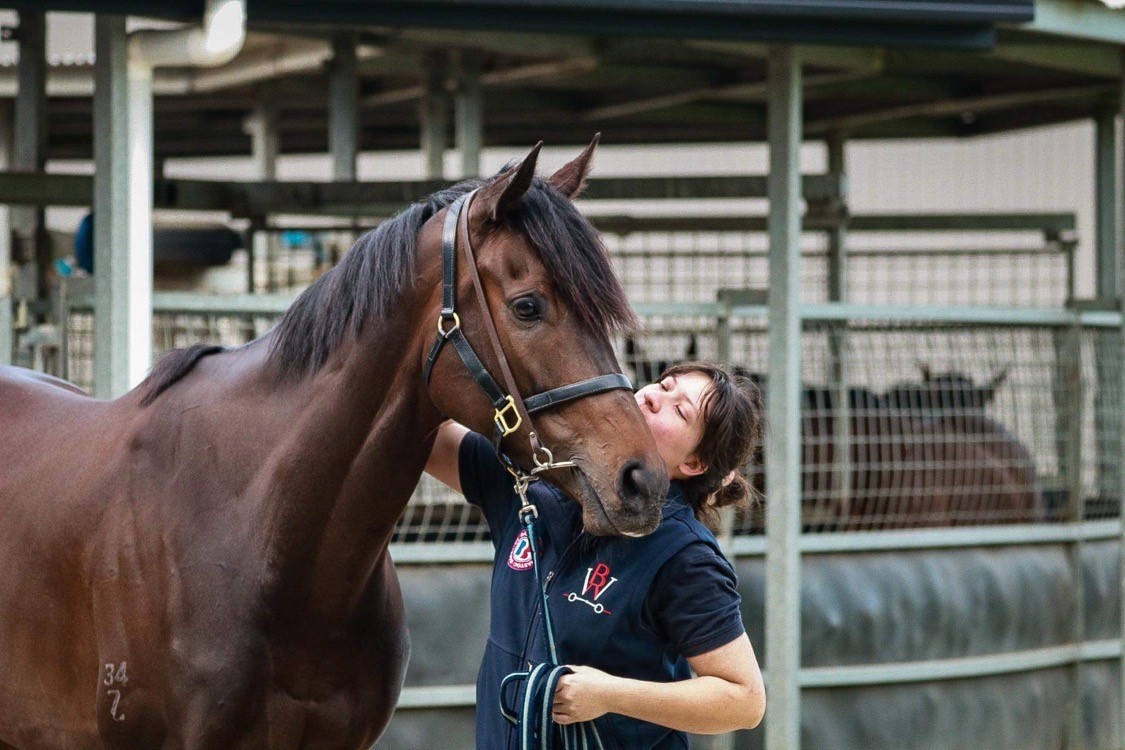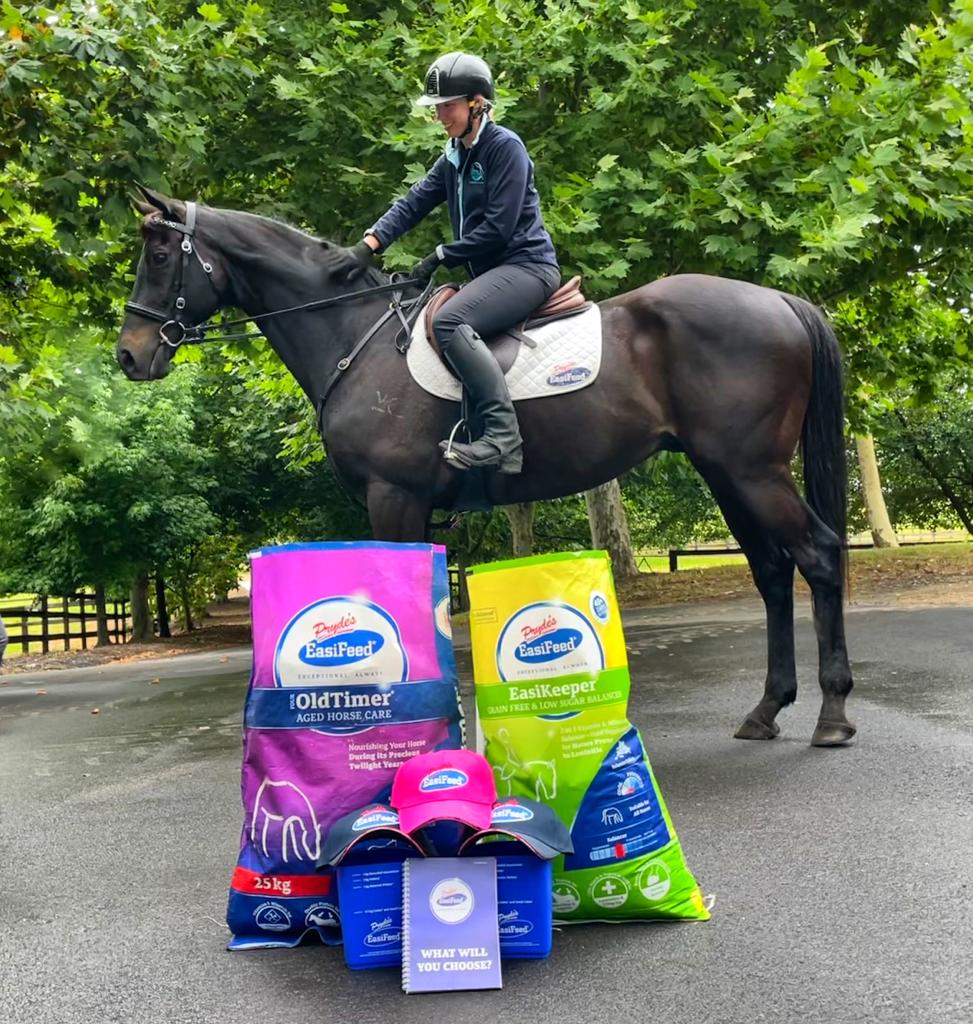By Abby Delucyk
From being an assistant Foreperson for Brad Widdup, to earning ribbons in show jumping and educating herself on equine welfare, Emily Spark is well and truly invested in the Racing world.
It wasn’t until she was 14 that Emily first experienced being horseback, commencing her equestrian journey on trail rides in the scenic Glenworth Valley. With this passion ablaze Emily went on to become a guide for trail riding for Glenworth Valley Riding Adventures, using this as an opportunity to develop her skills. From there, she started to really invest her time and energy into riding after moving to Sydney, taking up lessons at Centennial Park Riding School with riding legend Darren Phillips to develop her skills in jumping and flat work. Her first competition came at 18 at a Camden One Day Event with this time taken allowing her to finish high school and embark on her university degree.
“I have given most disciplines a go. I competed in dressage competitions around Cobbitty and then won ribbons in show jumping comps, but I always had an interest in Eventing. I love the high energy of all the 3 phases such as the technical aspect of dressage and the thrill of cross country.”
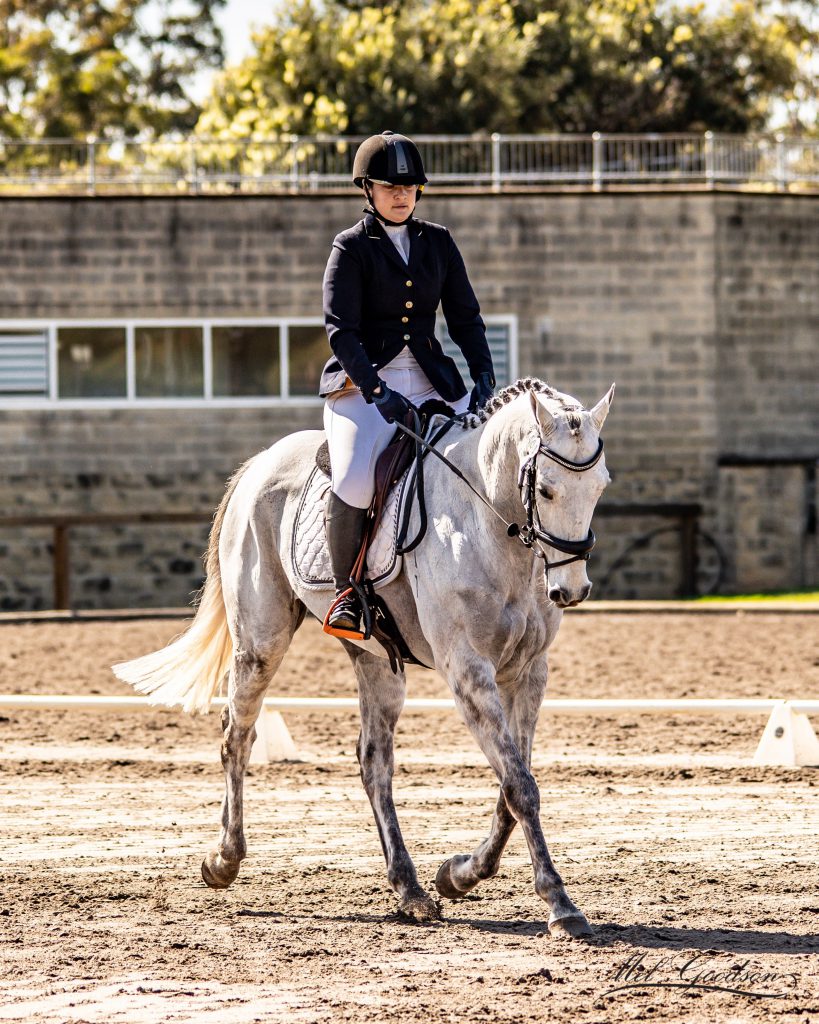
Emily’s education doesn’t just stop at a university degree, with her completing an equestrian coaching certificate through the mentorship of renowned dressage rider, Pip Cooper. Having this degree allowed Emily to pursue a job as a riding coach for a riding school in Terry Hills, as well as working for a high-performance show jumping team for numerous years.
Being an off the track Thoroughbred enthusiast Emily currently owns 2 thoroughbreds; 11yo gelding, Woodgrove Mountain, who she has had for 4 years, and recently retired gelding, North Atlantic, formerly trained by Brad Widdup. “Woodgrove Mountain (AKA Axel) was still super green when I got him, coming straight from the racecourse to retiring. My other horse North Atlantic is still super young and needed to go to a good home as he trialled but was considered too slow to race.” Emily aims to start North Atlantic’s retraining process next year, pursuing the path of a show hack or dressage mount.
In terms of riding success, Emily looks beyond the ribbons and titles. “My biggest achievement would be learning how to be a good and compassionate rider. I think it comes down to setting expectations for your horse but being patient about meeting them. I also have become more educated about retraining and equine physio and nutrition which has developed my understanding of horses.”
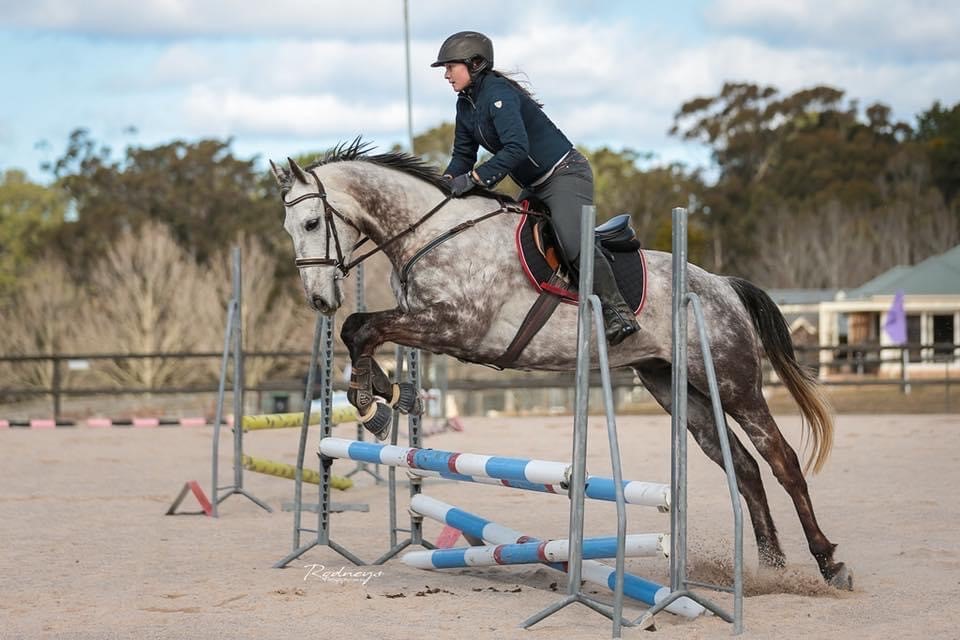
However, in 2019 Emily encountered a nasty injury being thrown off whilst show jumping. With her confidence rattled she started to doubt her own coaching and riding skills, taking a step back in her progress. “It made me question if riding was something I still wanted to do, but I proved myself wrong by getting back on a horse.”
After her return to riding Emily decided she wanted an opportunity to develop and grow, reaching out to trainer Brad Widdup via email with her resume attached. Recognising Emily’s passion and experience, Brad responded and organised an interview with her where she ultimately received the job as a stable hand for his racing stable in Hawkesbury. “I’m never one to turn down an opportunity and I originally heard about Brad’s stable and loved his attitude and what they were doing there.”
The transition from being a stablehand to an assistant foreperson came gradually for Spark. “I took more of an interest in going to trials and race meetings as well as taking up more responsibility in the stables. The acting Foreperson left and the current one recommended I step up as she recognised my passion as well as Brad’s wife approaching me to say she has noticed how dedicated I am and offered me the position of assistant foreperson.”
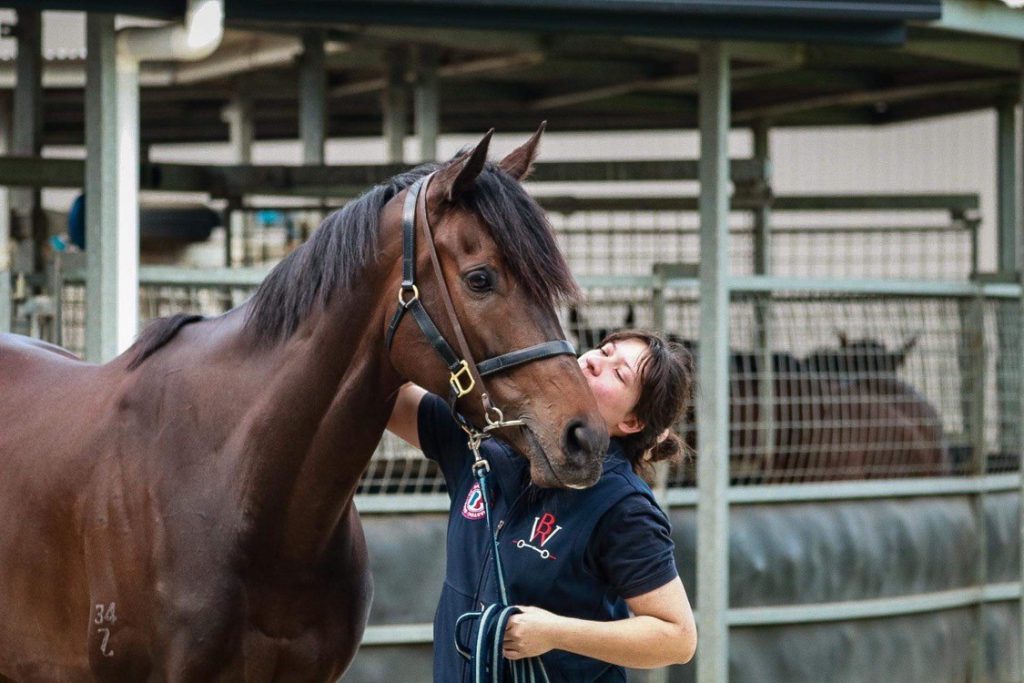
With this new progression, Emily now is entrusted with the responsibility of going to race meetings and trials to track the horses’ progression, maintaining the stable when the foreperson is away and teaching new stablehands the ropes.
This new responsibility in her career has forced Emily to manage her time between her own retraining efforts and riding, having the gap in the middle of the day to go home and work with her own thoroughbreds.
“It has been tricky with race meetings and trials but when I get a weekend off, I try to fit a competition in. It is handy living so close to the stables and having my horses on my property, but I wouldn’t have it any other way! It’s my lifestyle.
“I’m not ready to move on from Brad yet as I still have a lot to learn and want to see what more I can do. In the future, I would love to go overseas and work for an international trainer just to get a different perspective, but then come home and get back into equine therapy and physio. A dream of mine is to open my own centre for off the track Thoroughbreds and rehoming as many as I can.”
